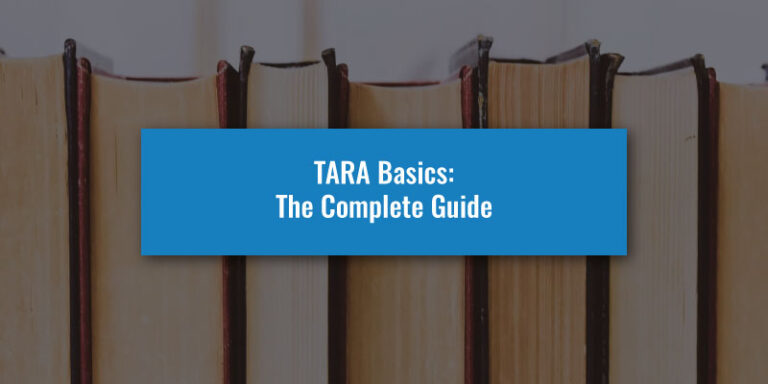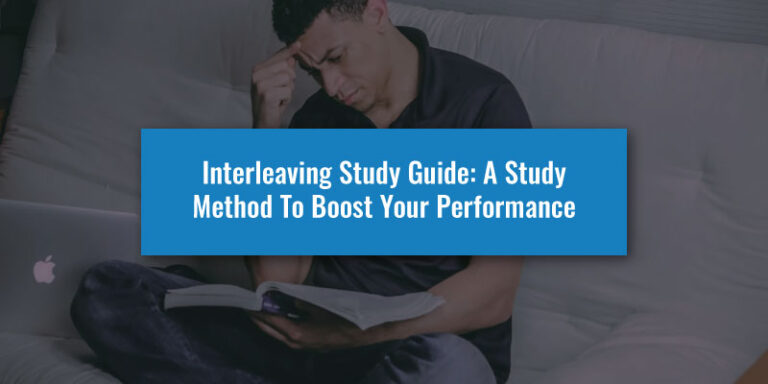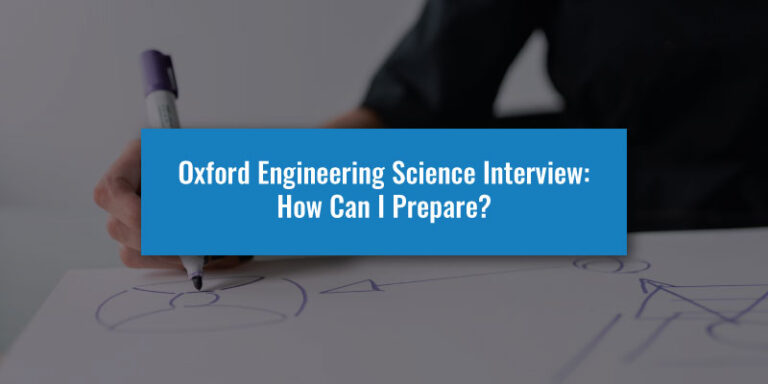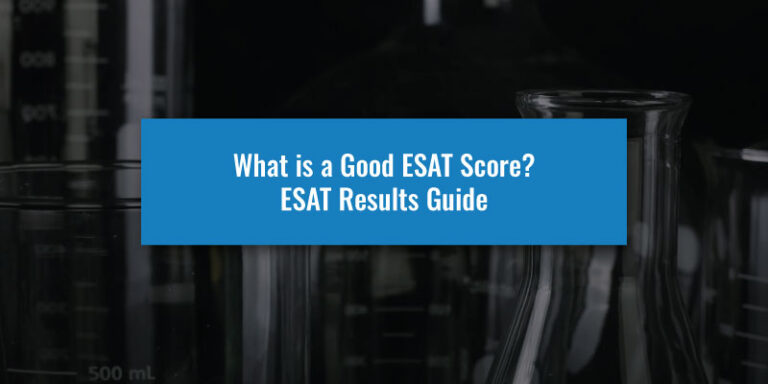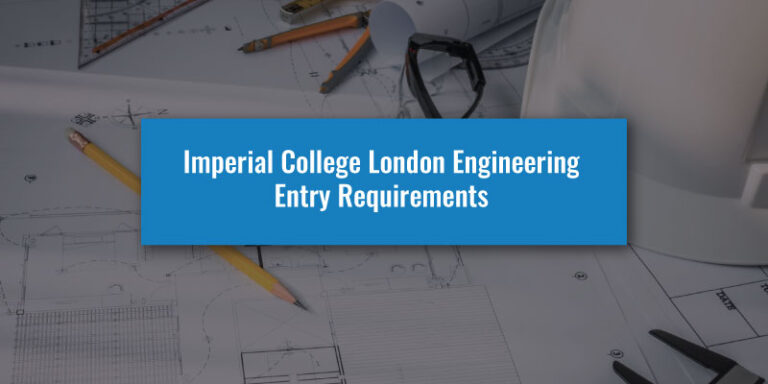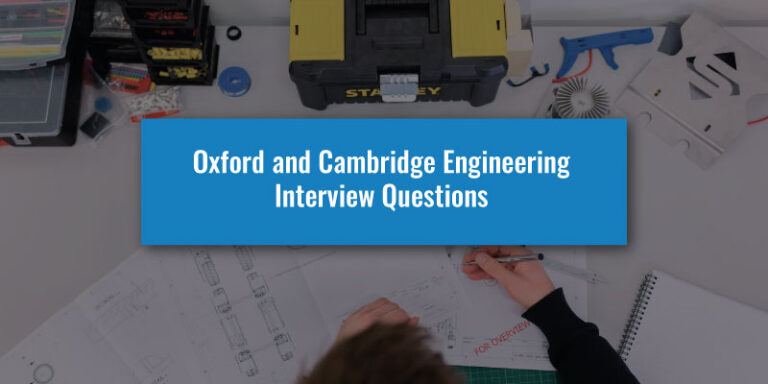With your PAT preparations underway, understanding what the Admission Test entails is essential to performing well.
Your preparations will not be effective if you do not have a sound understanding of the Physics knowledge which is essential to succeeding.
To ensure you have no issues knowing everything there is to know about the PAT Physics syllabus, we will take you through it all.
PAT Physics Questions
The Physics Admissions Test (PAT) underwent major changes in 2024 that have altered how the entire test is approached. Previously, the PAT followed a very loose structure with no standardised amount of questions each year. The exam was paper-based and there were three types of questions, Multiple-Choice, Written and Multi-Part.
The MCQs were very simple format-wise, but the written questions required applicants to detail their full methodology in order to gain full marks on each question. These were either single questions or split into multiple parts, each of which would be marked separately.
This changed in 2024 after the partnership between the University of Oxford and Pearson VUE caused all admissions tests to be computer-based. All Oxford admissions tests were moved onto Pearson VUE’s dedicated digital testing system, including the PAT. It was then announced that the PAT would only feature Multiple-Choice Questions, so all longer written questions have been removed for the exam.
The change of format hasn’t changed the required knowledge for the PAT though, as the syllabus has remained untouched. Also, be aware that you’re allowed to use a calculator in the test, but this is restricted to the simple digital calculator included in the computer testing program.
Early preparation is the key to a successful Oxford Engineering application.
Writing the perfect Personal Statement, scoring highly on the PAT and interviewing like a pro is how you get your dream Oxford Engineering offer.
Discover our Engineering Programme for comprehensive admissions support by clicking the button below to enrol and triple your chances of success.
Syllabus For The PAT Physics Content
The Physics syllabus for the PAT is made up of four sections: Mechanics, Waves and Optics, Electricity and Magnetism, and the Natural World.
You should make sure that you are comfortable with all the equations before moving on to the practice questions.
Often you will have to use your knowledge of these Physics topics in context to form a new equation. For example, if a particle is moving through an electric field but is also affected by gravity – how could you combine your knowledge of the equations for both of these forces and a free-body diagram and Newton’s second law to find its overall acceleration?
The other area, which is slightly trickier for many students in the Physics section than it was in the Maths, is that you need to memorise the equations which you normally find on your formula sheet.
Mechanics
Mechanics in the PAT is a combination of what you will know as ‘mechanics’ from A-Level Maths options, as well as a number of topics which come up in Physics.
If you are sitting the PAT as an Engineering applicant, it is a really good example of just how blurred the lines are between Maths and Physics.
Mechanics is perhaps the biggest single topic on the PAT, but it is also the one most student spend the least time preparing for. Although this is easier than many of the other topics for most, it also forms a large number of the ‘easy mark’ questions.
Distance, Speed, Velocity, and Acceleration
It is essential that you understand the difference between scalars and vectors and be able to use that when dealing with the relationship between speed and velocity, or when considering velocity as the rate of change of displacement, and so on.
Memorise your SUVAT equations and be able to spot the situations in which they would be inappropriate to use is essential to answering these questions.
When starting to answer any SUVAT question, it is best to draw a diagram in which you define which direction is positive and which is negative. It will be easy to make arithmetic mistakes on otherwise straightforward questions otherwise.
You may also want to go back and review the graphs of velocity, acceleration, and displacement which you would have covered in GCSE. What is the area under a velocity-time graph? What about the gradient?
In situations in which SUVAT equations would not be suited this may be developed further. For example, if you were to be given an expression for velocity in terms of time and asked to find acceleration, you would need to find the rate of change by differentiating.
Newton’s Laws of Motion
Fairly straightforward, you need to know how to use – not just be able to quote – the three laws of motion.
Additionally, you should be able to convert between weight and mass using ‘g’.
Circular Motion
You must know the definitions of keywords, such as how an object moving in a circle at constant speed has a varying velocity (as it is always changing direction) and therefore is accelerating.
From this there are a number of equations that you will have to remember:
- ν = 2πr/T
- w = 2π/T
- F = mv²/r = mrw²
- a = v²/r = rw²
Common Forces
You should know what friction is, you should know about air resistance, and the fact it is proportional to the square of the velocity.
The fact that air resistance is proportional to a function of velocity is part of the explanation for terminal velocity, and you should be able to forma equations in order to calculate variables related to this.
Moments
Not only do you need to know how moments can be calculated, but you should also be able to apply this to systems of levers, pulleys or strings.
The key thing to keep in mind with these questions is that you can always break down complex systems into constituent parts.
As long as the only forces ‘visible’ once the bits have been put back together are the external forces, then you can create as many ‘internal’ forces as you need for your calculations.
Springs
Not the easiest of things to ask in an interesting way but relies on your knowledge of Hooke’s Law.
- F = kx
- E = 1/2 x kx²
Energy
These are topics you will have covered in GCSE, or equivalent, so do not gloss over them.
- GPE = mgh
- KE = 1/2 x mv²
- E = Fd
- Q = mcΔT
Momentum
You must be able to apply conservation of momentum, as well as conservation of energy.
Waves and Optics
You need to make sure you are really comfortable with you wave basics here. Although it is possible, it is relatively unlikely that a PAT question would ask you to explain how a standing wave formed.
It is much more likely that you would have a two-mark question which used wavelength or frequency equations which you might not have revised in a little while.
Make sure to check for equations which you do not use too often such as for the speed of a wavefront. How could you combine Snell’s Law with your understanding of series in cases where a ray of light was travelling through numerous plates of increasing optical density?
Wave Basics
First and foremost, you must know the definitions (and units where applicable) for all of the following:
- Longitudinal
- Transverse
- Amplitude
- Frequency
- Time Period
- Wavelength
- Speed of a wave
Electromagnetic Spectrum
You should be aware of the nature and properties of electromagnetic waves in general, the really simple stuff like the fact they are all transverse, and they all travel at the speed of light.
You will be expected to identify parts of the electromagnetic spectrum.
For your A-Levels, you will not be expected to learn actual wavelengths of the spectrum and thus be able to put the spectrum into order. For the PAT make sure that you know the approximate bounds for the electromagnetic spectrum so that you can make common sense estimates.
Reflection
For reflection-based questions you will need to use the standard reflection equation – the angle of incidence = angle of reflection – and you should also be able to explain how internal reflection works which relates to refraction.
Refraction
You will be expected to learn and use Snell’s Law. Make sure that you remember that ‘n’ of air can be approximated as ‘1’ because ‘n’ is the ratio between the speed of limit in the material and the speed of light in a vacuum.
As well, ensure that you can move from Snell’s Law to the equation for total internal reflection. You should also be able to apply these to real-life applications such as prisms and optical fibres.
Standing Waves
It might be pleasing to hear that you do not know that much about standing waves for the PAT.
You should be able to explain how they form, and you should know how to relate the number of nodes to the wavelength and the length of the medium they are forming in.
Claim Your FREE Essential PAT Handbook
If you’re applying for Physics or Engineering at Oxford, then you’ll need to be prepared for the PAT. With our Essential PAT Guide, you will find a detailed breakdown of the exam structure and syllabus, preparation tips, practice questions and more. Fill out the form below to gain free access right away!
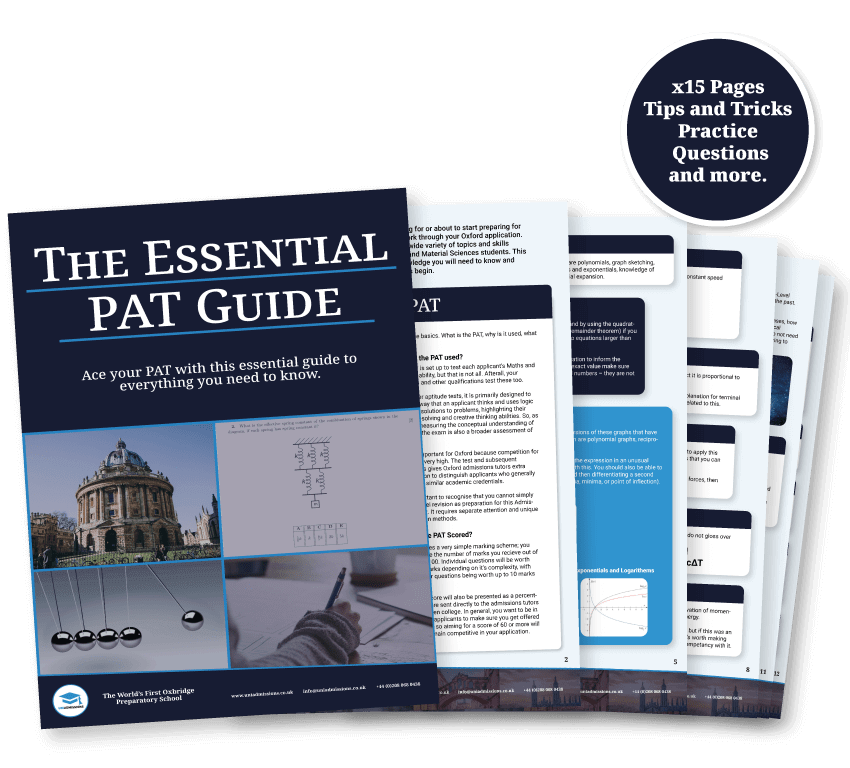
Electricity and Magnetism
This section assumes you have a very strong grasp of basic electricity topics such as equations relating to voltage, current and resistance – so it is wise to spend some time making sure you are familiar with the basics.
Where the PAT will challenge you is in setting up algebraic questions which require you to combine resistances and then algebraically explain how your solution would vary if certain input parameters changed.
Make sure to give yourself time to look over capacitors and capacitance. It is a topic many students find tricky when they first see it.
Circuit Basics
Common lower-mark questions will include finding equivalent resistance in parallel and series circuits or calculating current or voltage with a need to find an equivalent resistance first.
Make sure you use all of the equations for current, voltage, power, resistance, and charge.
Furthermore, it is important that you are able to recognise all the common circuit symbols:
- Batteries
- Resistors
- Lamps
- Diodes
- Capacitors
- Light-dependent resistors
- Thermistors
If you are yet to learn about capacitors and capacitance as part of your A-Levels, it is essential you do so for the PAT – making sure to learn how you combine capacitors in series and parallel.
You should also make sure you remember how to add and divide voltages and currents in series and parallel sections of circuits, including being able to understand why you might set up a circuit in parallel rather than in series.
Fields
You should know the equation for finding the force between two-point charges and the force on a point charge in a uniform electric field – which is the point everyone forgets.
You may also see some questions which also look at magnetic fields. Although according to the syllabus you do not need to know about magnetism, however, it would be beneficial if you have time to look ahead at this particular topic given that it has come up in the past.
Photoelectric Effect
The PAT syllabus includes the ‘photoelectric effect’ as a topic you must know about – however, the way in which it is worded provides a few hints as to what sort of questions they might ask you:
“…where photoelectrons are emitted if they are given sufficient energy to overcome the work function of the material, and how to find the energy of accelerated electron beams ( energy = charge x potential difference).”
Natural World
The ‘Natural World’ topic is commonly missed by students studying for the PAT because it is not mirrored in the A-Level specifications in the same way that many of the other topics are. It’s also not included in Cambridge’s equivalent admissions test, the ESAT.
However, it is all things you will have covered in the past. Think of it as a mass up of nuclear physics and radiation, astrophysics, and circular motion.
There are also some physics basics thrown in too, such as understanding why we see the moon going through phases, how eclipses work, and what motion underpins days, months, and seasons on Earth.
Reading up on interesting and topical astrophysics topics such as binary star systems, lifecycles of stars, and orbits around black holes. Although you do not need to know them, they sometimes form the context of the question and will make it easier to answer if you are not having to learn about them from the information you are given.
Atomic Structure
This is everything you have been doing for years up to this point. That does not mean you can ignore it; make sure you can define ions, isotopes and the three types of radiation.
Space
The knowledge here goes back as far as primary school. You need to know the order and names of the planets.
You also need to know what planets, moons, comets and asteroids are – in very simple terms.
Generally, this comes up in questions about eclipses, in which you will be given the diameter of the moon and Sun, as well as the distance to one of them, and you will need to use ‘similar triangles’ (a topic covered in GCSE) to be able to work out the missing dimension.
This also means you need to know the difference between a solar eclipse, where the moon gets in between the Earth and the sun, and a lunar eclipse where the Earth is directly between the Sun and the moon.
Satellites
Most of the knowledge you will need to know about satellites is actually just circular motion but in a space context.
Remember that orbits can be circular or elliptical, but straight lines while in a radial gravitational field will not work unless the object was heading along a radius.
You should be familiar with the difference between a polar orbit (which is low and goes over the poles) and a geostationary orbit (high up and over the equator).
Conclusion
Hopefully by understanding what Physics knowledge is essential to the PAT means you can centre your revision on the areas that you need to improve. We’ve also consolidated a number of past papers which you can also use to prepare for the PAT (remember that these past papers feature written questions that will no longer appear in the PAT).
Broadly, the Physics content in the PAT you should have covered in A-Level or even at GCSE so they should be areas you are familiar with. If there is areas you have not yet studied, make sure to reach out to your teachers to see if they can help you create a plan to go through the content.
Do not assume as they are topics you covered in GCSE you do not need to prepare for them, as you do not want to risk losing marks needlessly.
With all this in mind you are in a strong position to perform well in the maths Physics aspects of the PAT. Best of luck!
Our expert tutors will guide you to Oxford Engineering success.
Applying to Oxbridge is immensely competitive, and you must give yourself the best chance of success. We help you craft the perfect Personal Statement, achieve a highly competitive PAT score and teach you how to Interview effectively – covering all areas of your Oxbridge application.
Discover our Oxford Engineering Premium Programme for comprehensive admissions support by clicking the button below to enrol and triple your chances of success.

